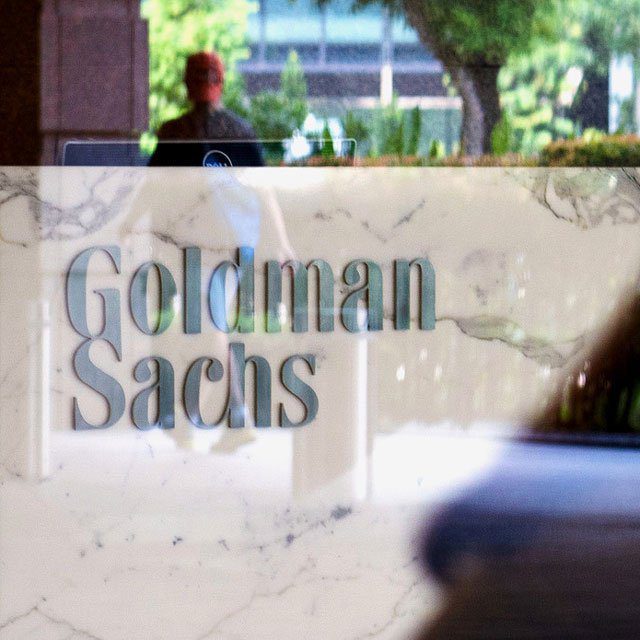Goldman Says Losses From Its Consumer Push to Top $1.2B This Year

What You Need to Know
The figure exceeds the roughly $1 billion hit Goldman estimated for 2020, saying it would be the low point for the Marcus venture.
The losses stem from the addition of new business lines, pandemic effects and expense bleed.
Goldman’s leadership has concluded that the market is keen on hearing about a more diversified business.
When Goldman Sachs Group Inc. executives set out to woo investors in early 2020, they offered a promising outlook for their novelty Main Street business. The unit would go from a money-suck to break-even in 2022.
It isn’t quite working out that way.
The Wall Street titan’s internal projections show the consumer business losses accelerating to more than $1.2 billion this year, according to people with knowledge of the matter.
The second-quarter burn rate in the unit is in line with those forecasts — and the number may grow if a souring economy forces the firm to take more lending-loss provisions, the people said.
The losses stem from the addition of new business lines, pandemic effects and expense bleed.
New accounting rules will also force the firm to set aside more money as loan volumes grow. The figure is also greater than the roughly $1 billion hit Goldman estimated for 2020, saying it would be the low point for the Marcus venture.
Goldman’s pursuit of the masses is an attempt to find new income streams away from its core businesses of trading and banking.
But after two boom years on Wall Street, the firm is bracing for a 35% drop in earnings, stoking internal debate about the credibility of the projections for its retail business and the risks heading into a challenging economy.
“We would hope and expect that Goldman holds the managers’ feet to the fire in the consumer operation,” said Mike Mayo, an analyst at Wells Fargo & Co. Bleeding money in that unit “could have additional scrutiny if legacy businesses don’t perform as well as in the past couple of years.”
It’s the kind of venture where you could find a new revenue stream or “get your head handed to you,” he said.
A representative for Goldman declined to comment. Goldman sees the cash burn as necessary investments to grow the business.
In discussions with his team, Chief Executive Officer David Solomon has compared criticism of his consumer business to what Jeff Bezos faced in building AWS — a cloud-computing service that overcame Wall Street analysts’ skepticism to become a growth engine for Amazon.com Inc.
The bank’s investors and analysts were presented with a J-curve in January 2020 — a chart that showed losses in its initial years before breaking even in 2022 and growing profitability after that. That curve is now forecast to be deeper and longer. Transaction banking estimates were included in that slide but was seen as a minimal drag and that business is now making money.
Still, Goldman has exceeded on most of the unit’s other metrics. It’s secured 13 million customers, grown deposits to more than $100 billion and added credit-card tie-ups. At the same time, investors have been more eager in recent months to set aside growth metrics and focus on profitability.
Investor ‘Distaste’
The broader conversation inside Goldman is what will it take to win over investors — a frustration more pronounced when the bank’s stock is trading 30% below its November high. Goldman shares have gotten clobbered with the rest of the market.
Goldman’s price-to-book ratio — a closely followed metric that shows how investors value a firm’s assets – is below where it was when Solomon took over the top spot almost four years ago, despite a strategy refresh.




